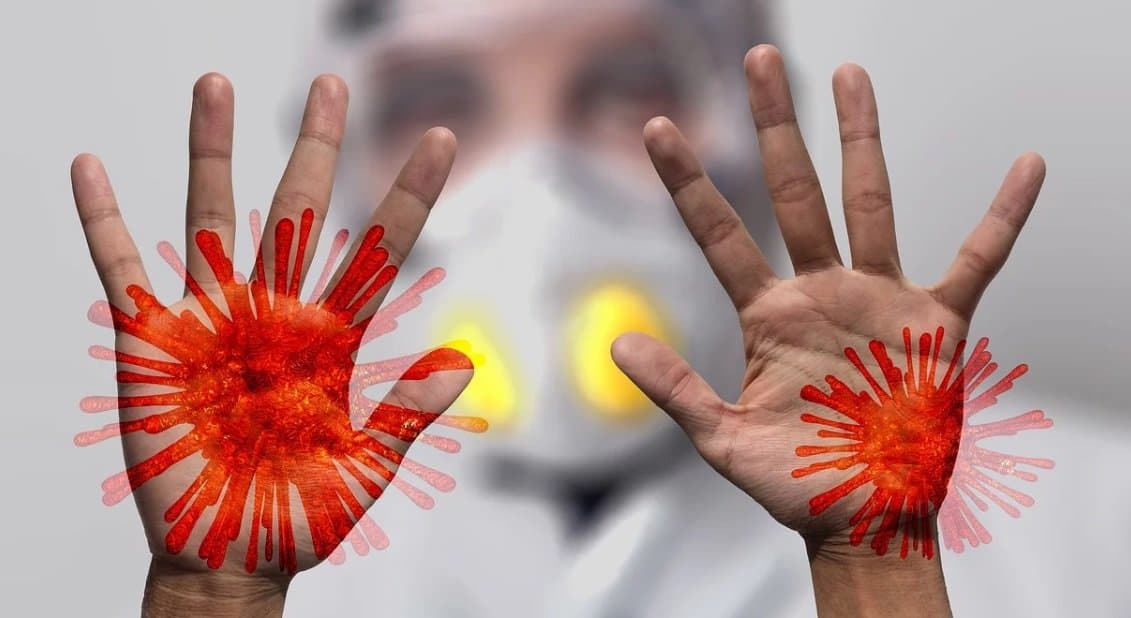
Archeolodzy ustalili, że pierwsze ślady osadnictwa w Ulowie na Roztoczu Środkowym pochodzą sprzed 12 tysięcy lat.
– To odkrycie bardzo zaskakujące i wywołujące mnóstwo pytań’– mów kierowniczka wykopaliska w Ulowie, doktor Barbara Niezabitowska-Wiśniewska z Instytutu Archeologii UMCS w Lublinie.
– Dotychczas naukowcy uważali, że od momentu opuszczenia ziem polskich przez Gotów i Wandalów w połowie V wieku do początku VI wieku, na terenie obecnych ziem polskich panowała tak zwana pustka osadnicza – podkreśliła doktor Barbara Niezabitowska-Wiśniewska –
Przy projektach badawczych w Ulowie udział bierze zespół składający się z blisko 30 badaczy. Wśród nich nie tylko archeolodzy, ale również botanicy, antropolodzy oraz geolodzy. Jak donosi portal Onet w badaniach i wykopaliskach bierze udział również grupa studentów Instytutu Archeologii UMCS.
źródło: Onet.pl






